
Learn about function calling and tool use in the context of ...

As we step into 2025, APIs are poised to drive the next wave...

The software engineering world has always designed APIs with...
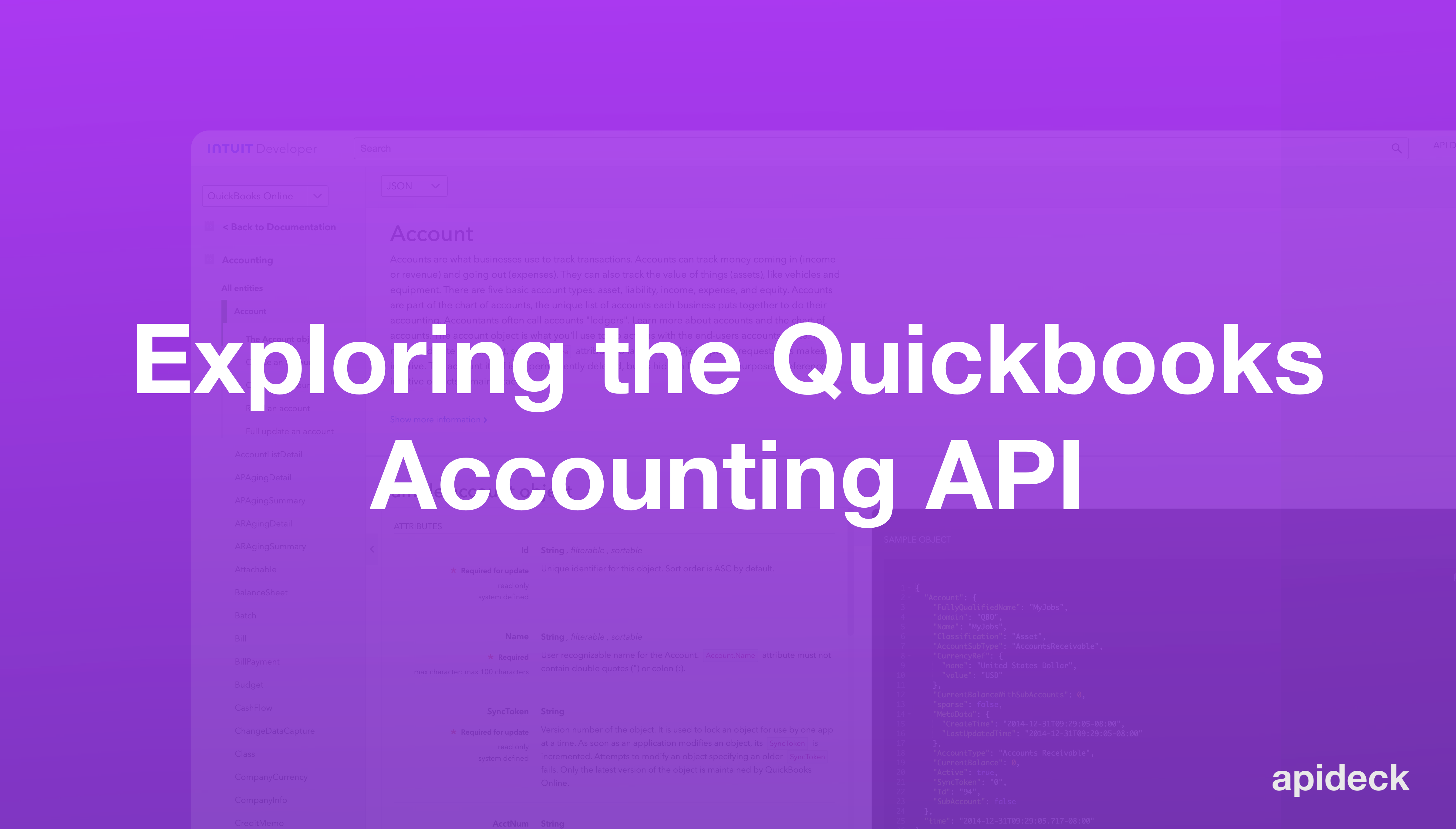
In this article, you'll understand how the API works, how yo...
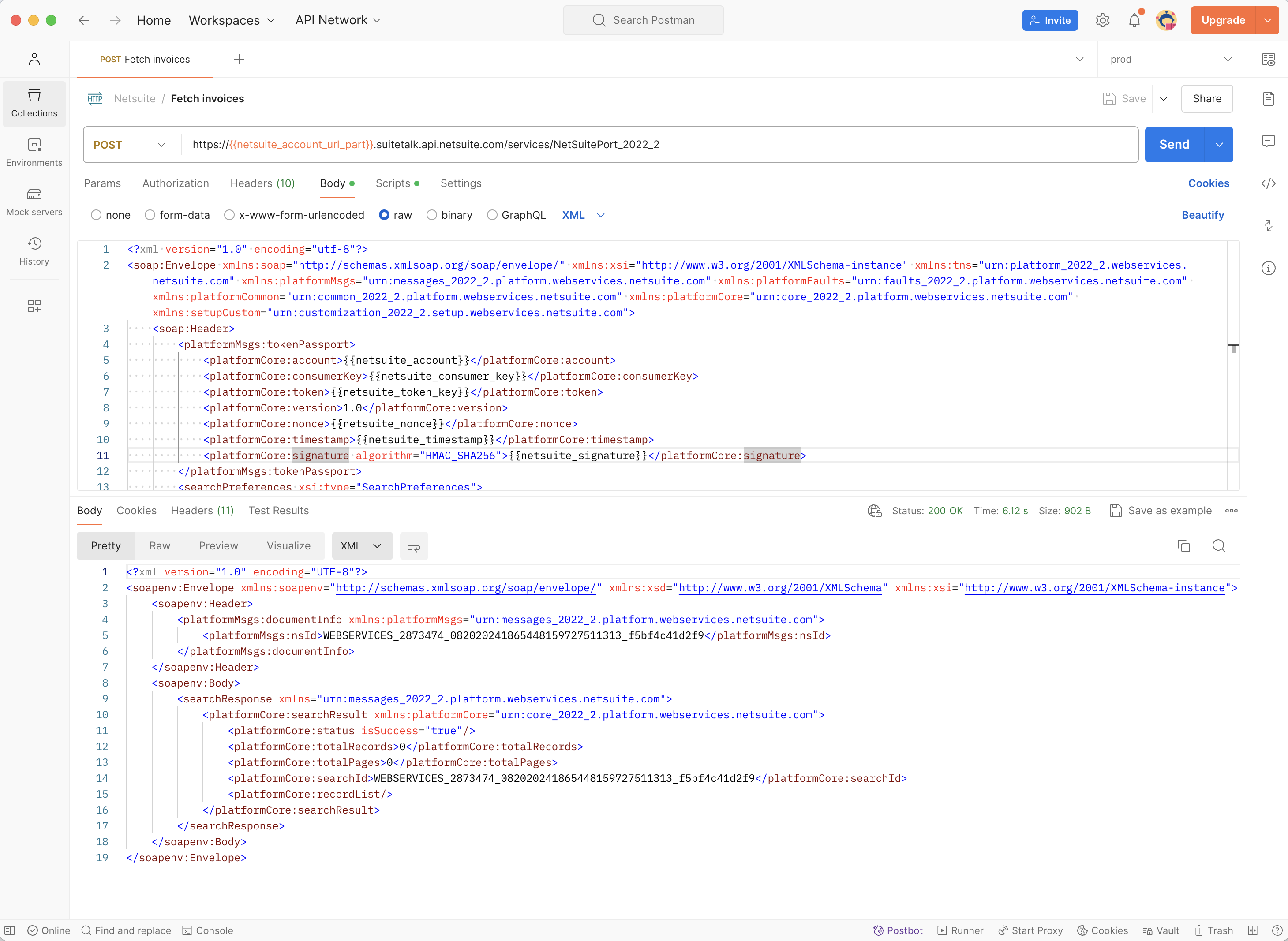
In this article, you will learn about the complexities and p...
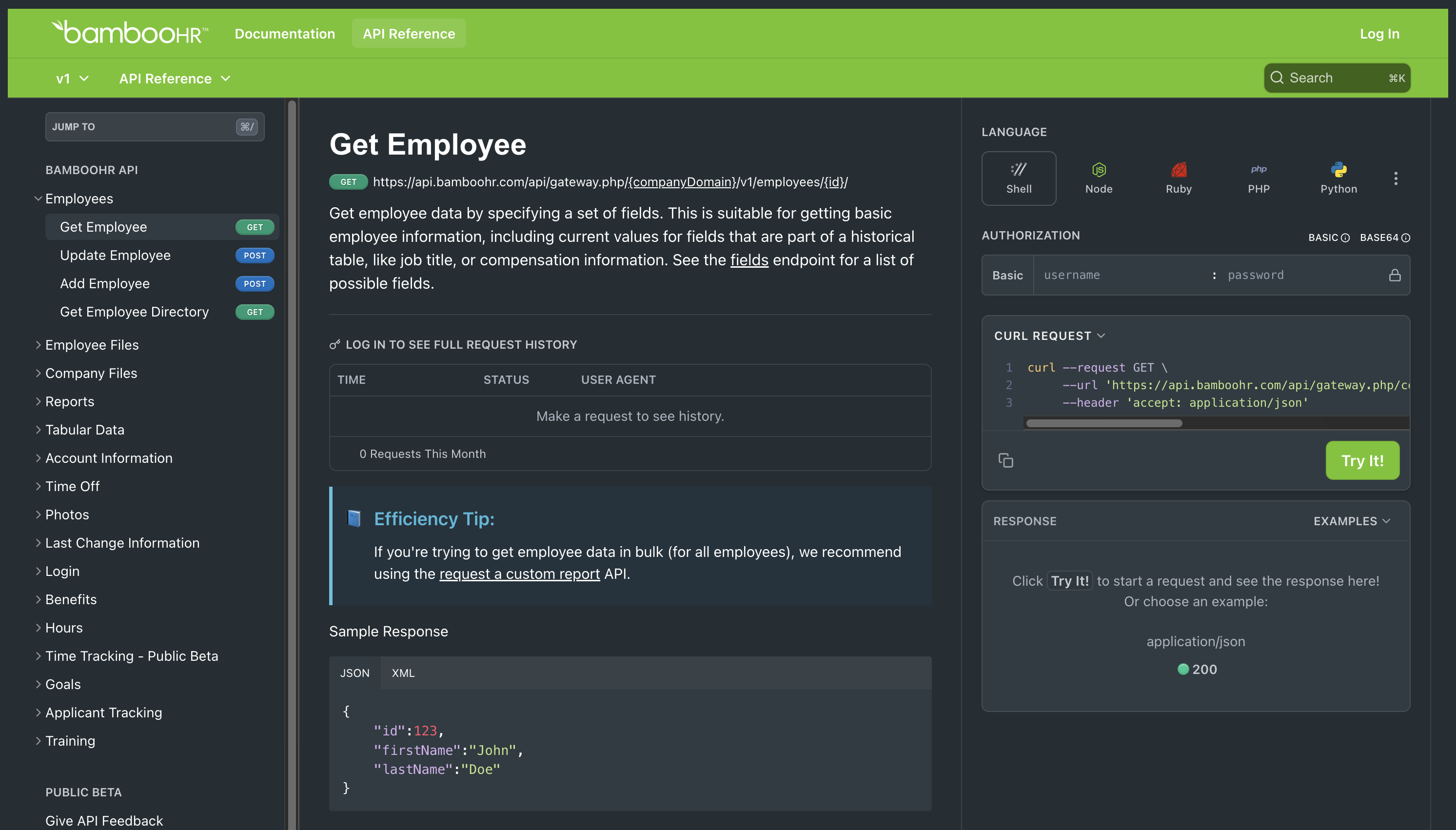
This article explains one possible way of using the BambooHR...

We’re introducing calendar-based versioning for our REST API...

A while ago a tweet containing this image got pretty viral i...

We’re excited to announce some big improvements to our REST ...

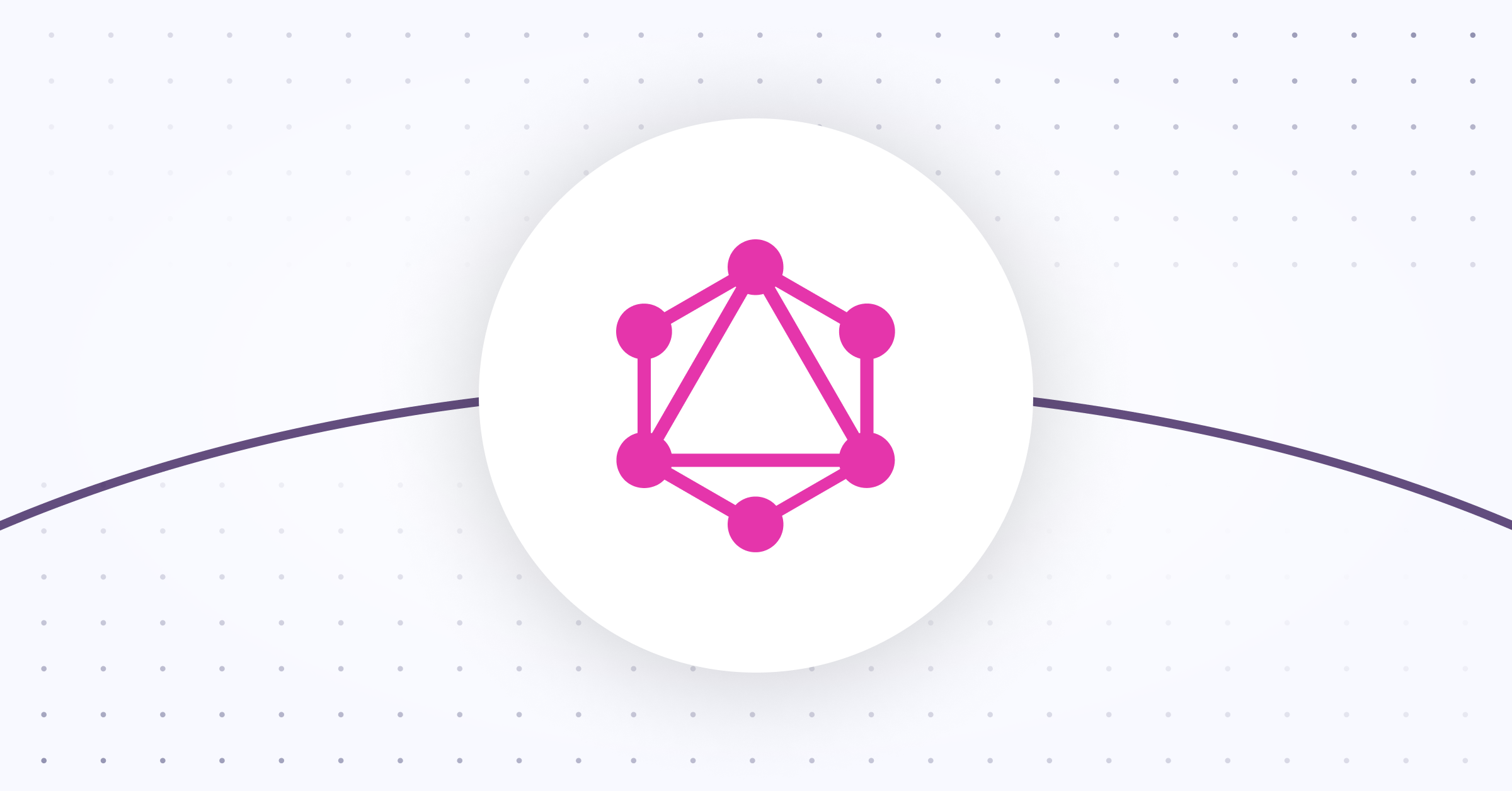
An exploration into the history of API formats and network R...

An API-first approach means that any and all software develo...

A complete diagram to easily understand REST API’s principle...

Need to connect cloud storage providers to your application?...

This year, our team adopted an OpenAPI schema (OAS) as a spe...
In this article, I am going to be talking about how we can d...
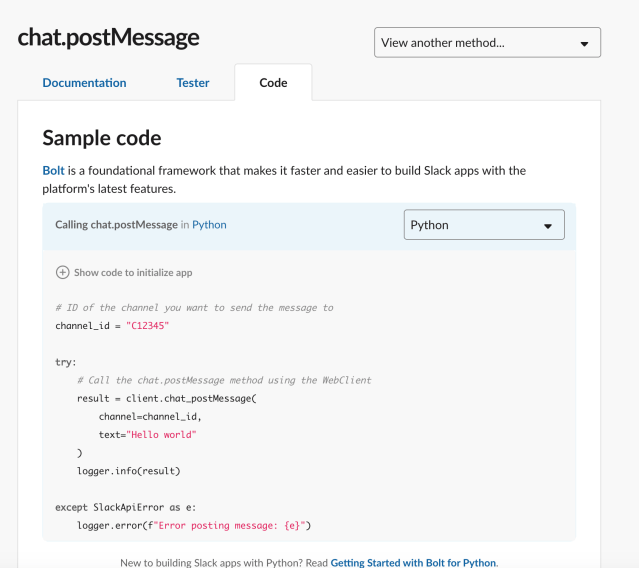
More than five years ago, we launched the Slack Platform, gi...

What is JSON Schema, why is it important and why is it so ha...
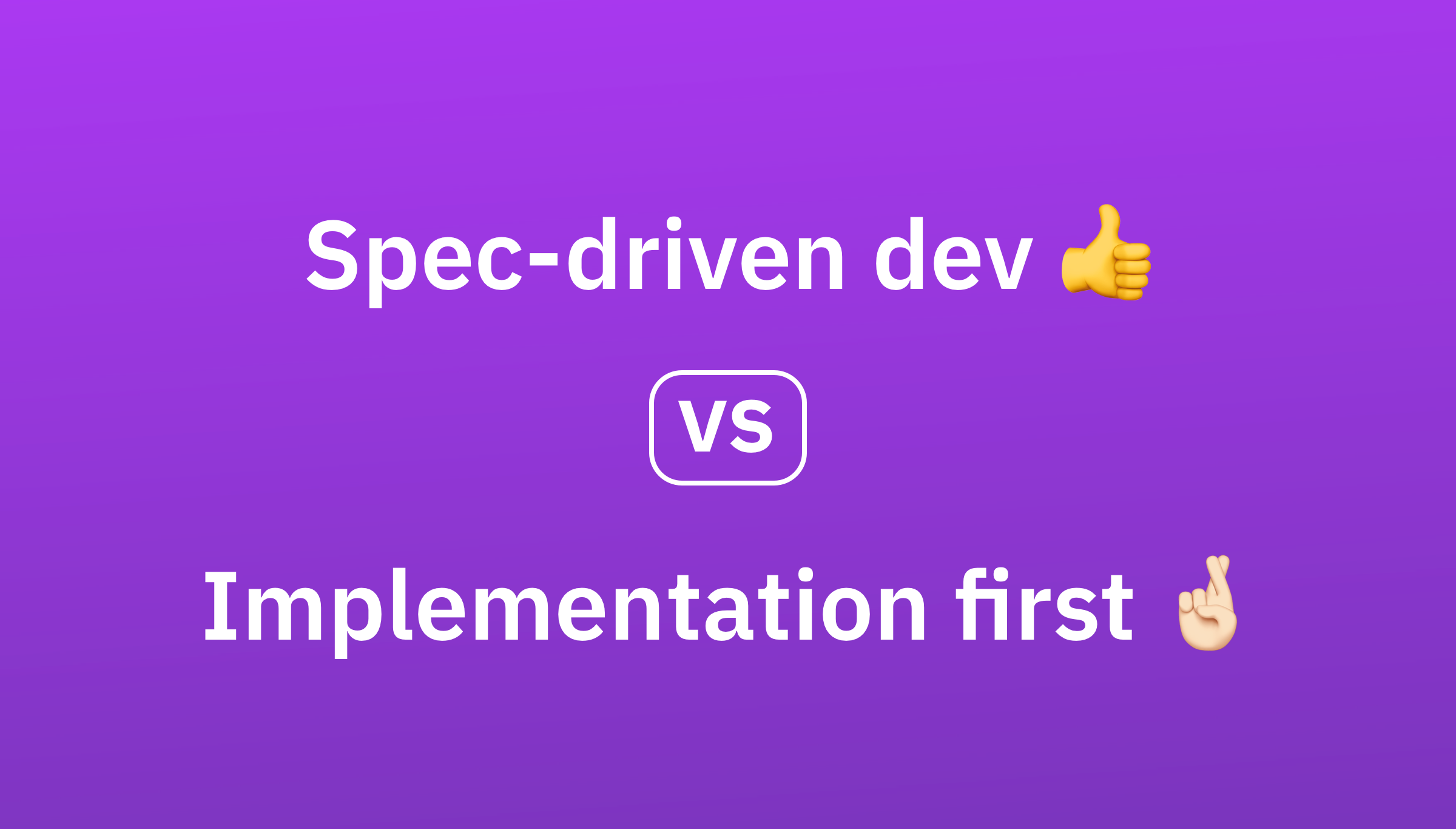
Historically, API design has been mainly implementation-driv...

GraphQL opens new possibilities for rate limiting. I’ll show...

Portman leverages the full power of OpenAPI specs and Postma...

Entropy is concerned with the amount of thermal energy that ...

What happens in your client application when an API error po...

When designing APIs, choosing HTTP status codes is not alway...
.jpg)
In this blog post, Mark Gritter talks about why API performa...

This post is for the AsyncAPI community looking into the Asy...

In the mid-2010s, the acronym “API” graduated from a piece o...

Fragmented pagination styles are a challenge lots of develop...

Abstracting away the complexity of payments has driven the e...
The move to OAuth 2.0 opened up an opportunity to define a n...